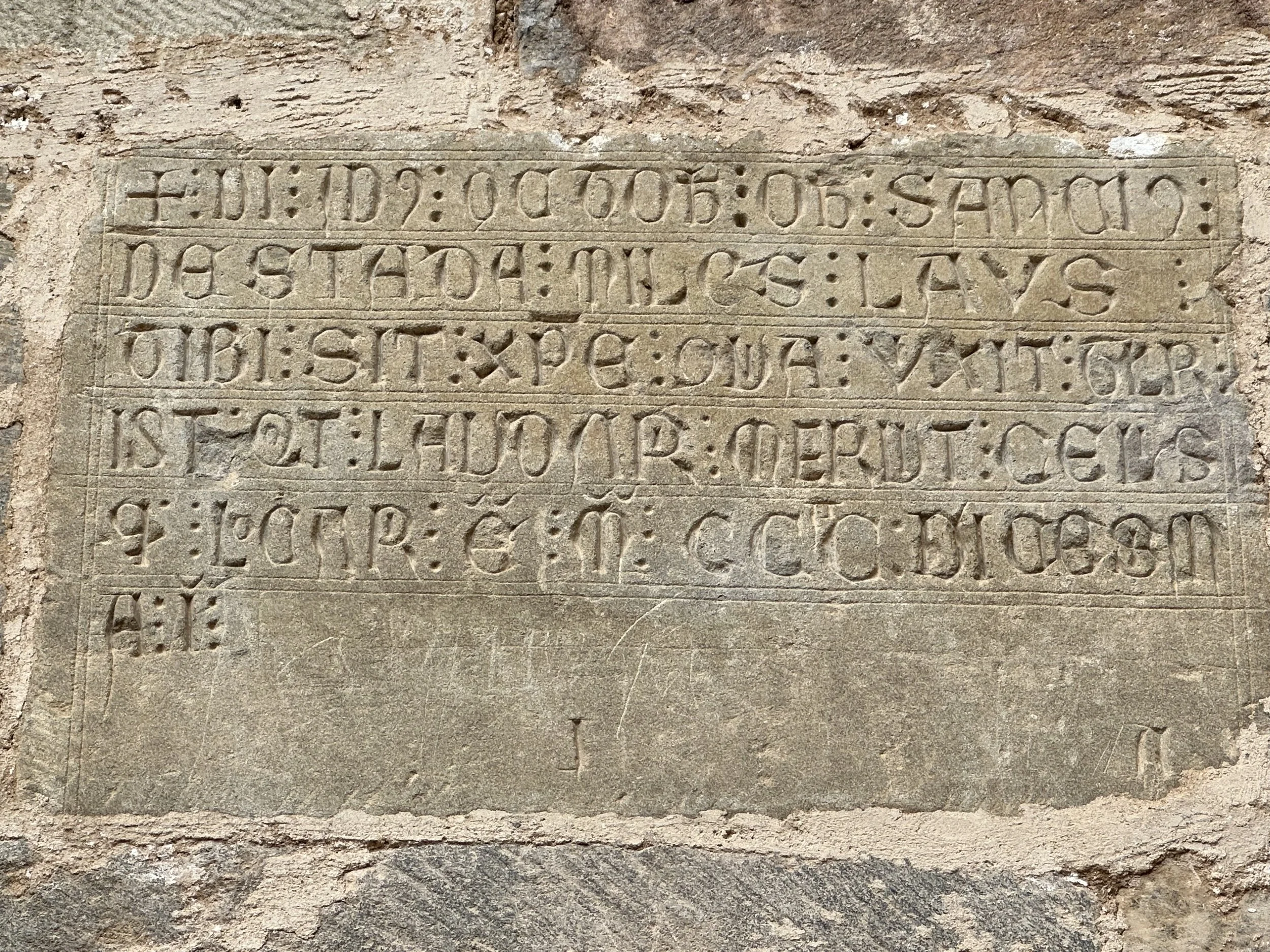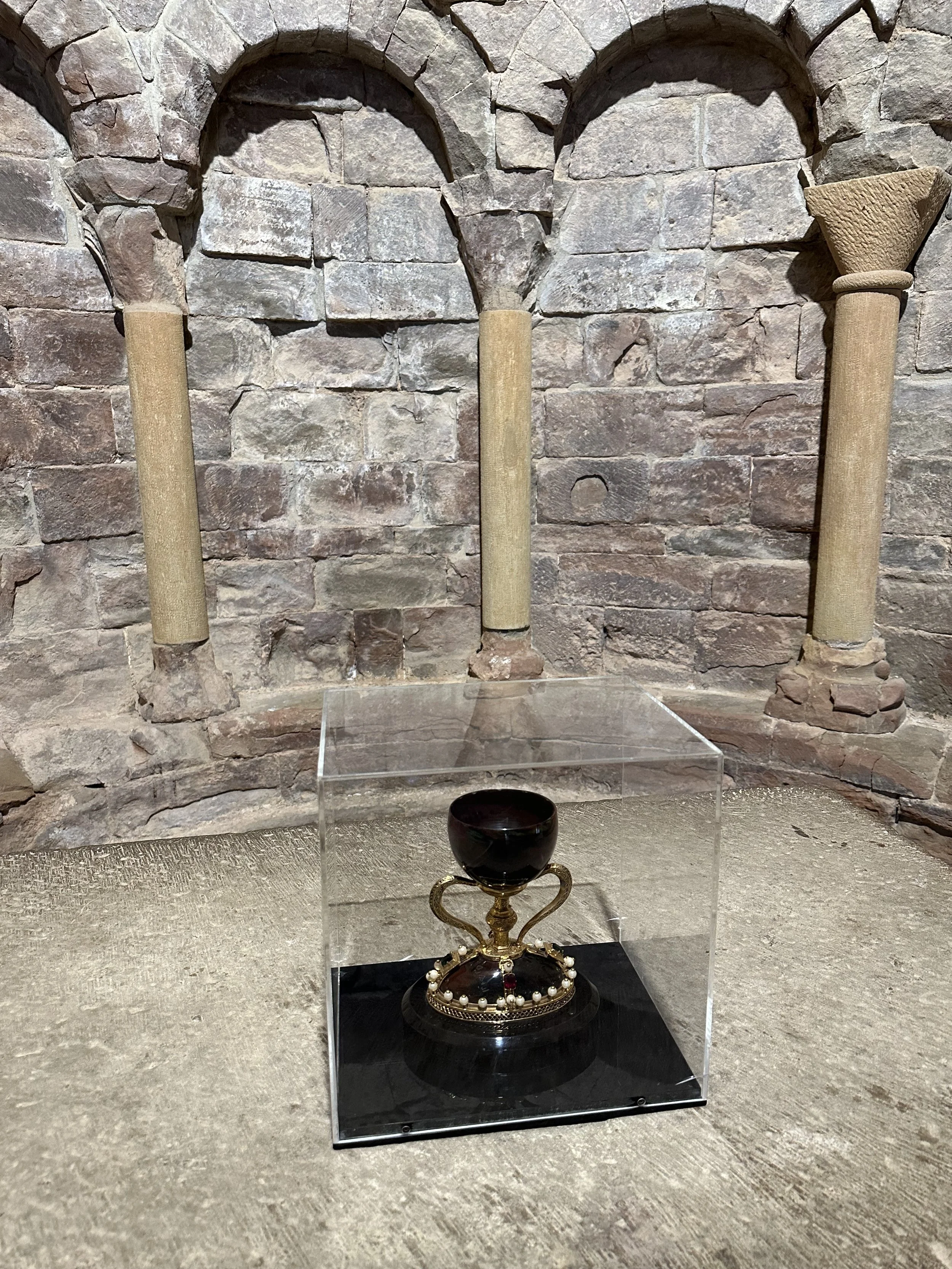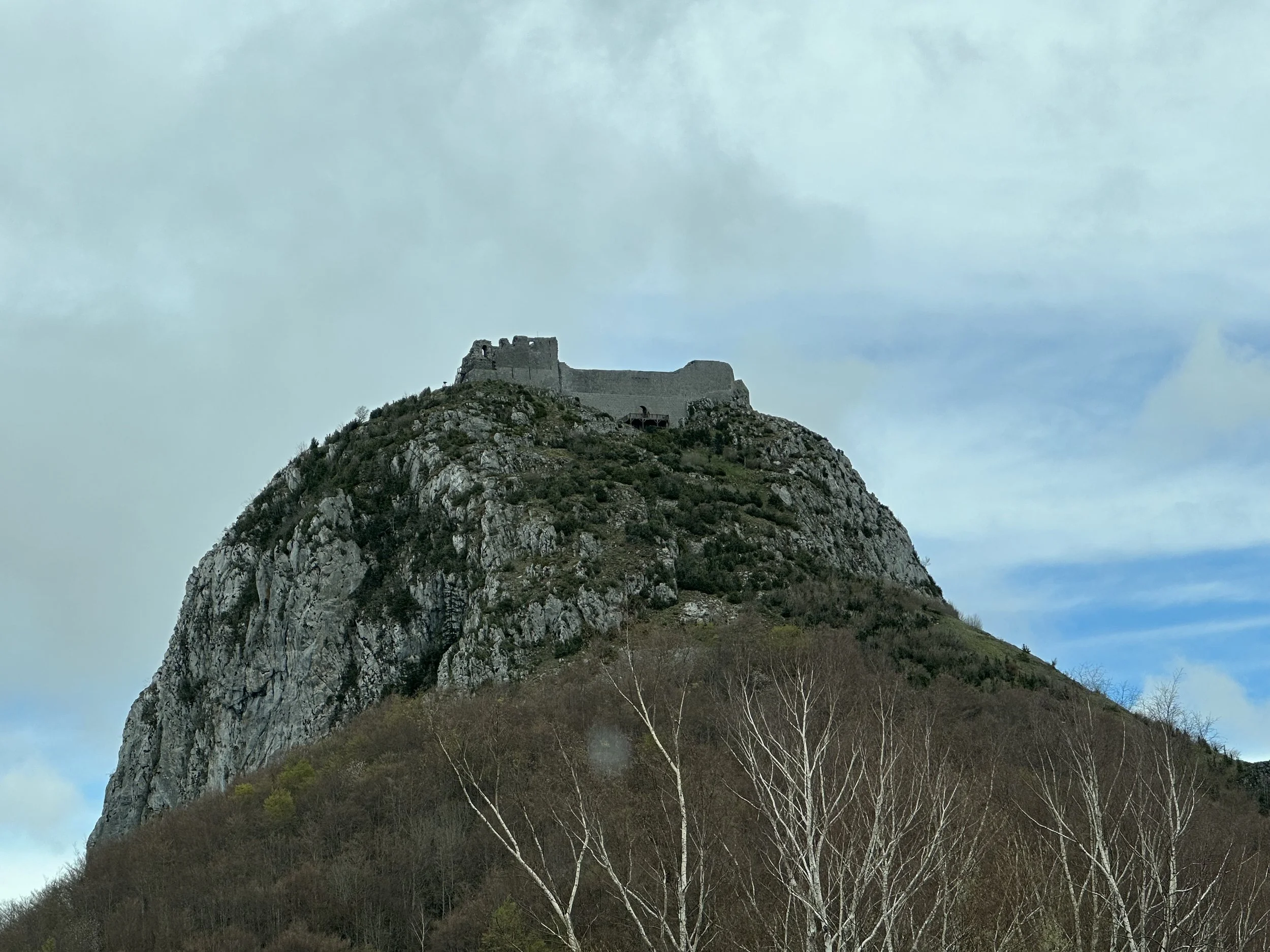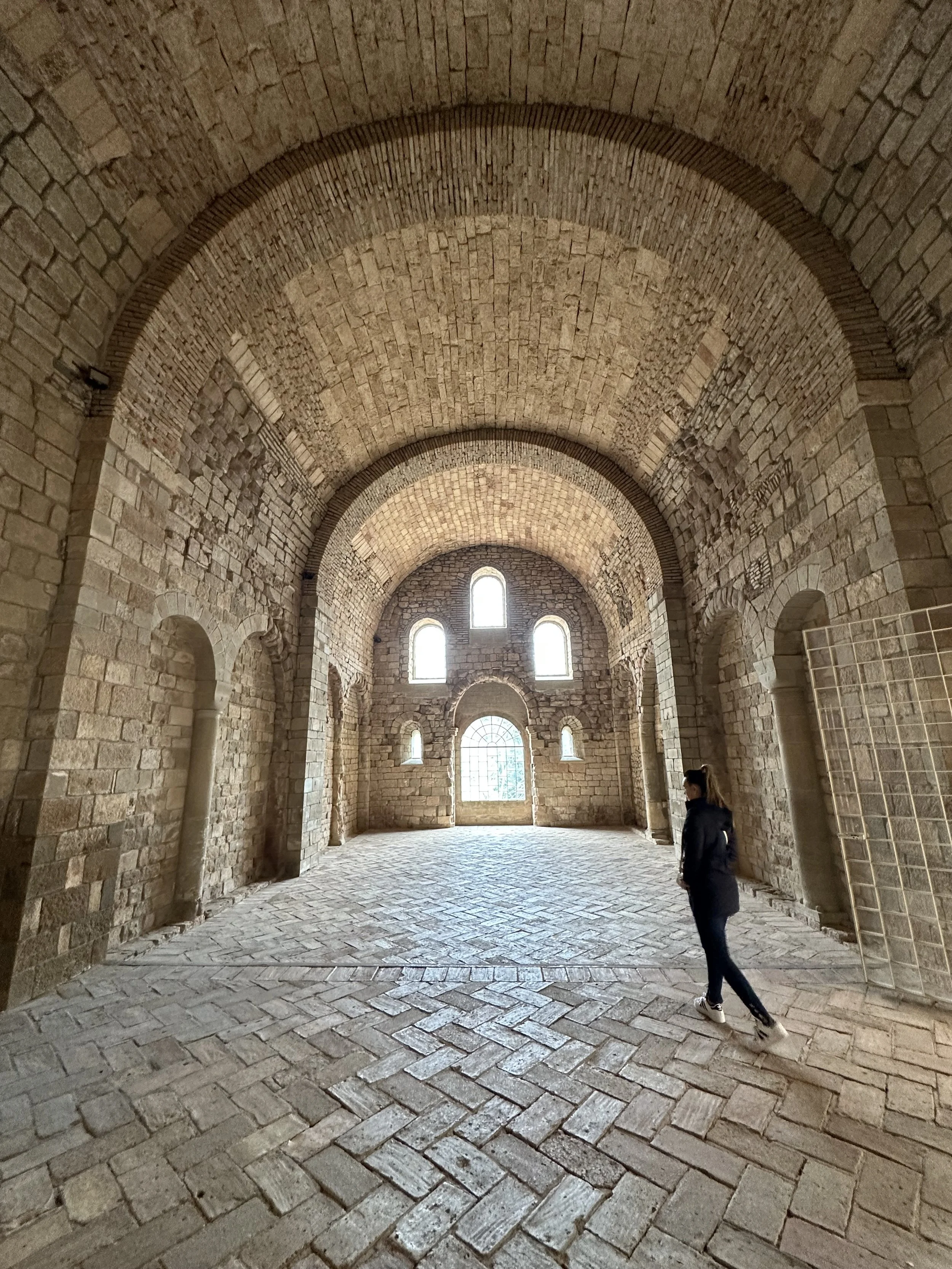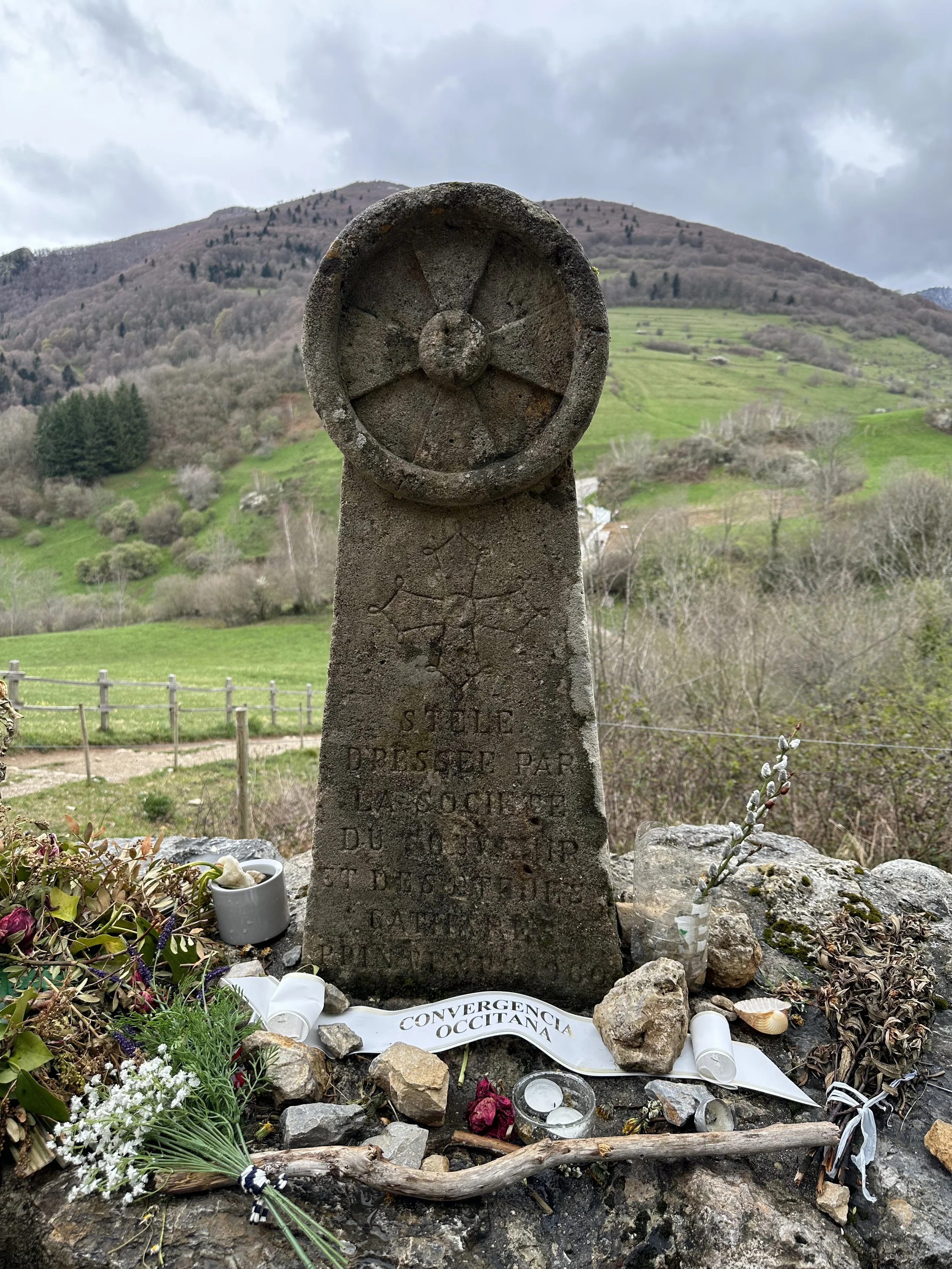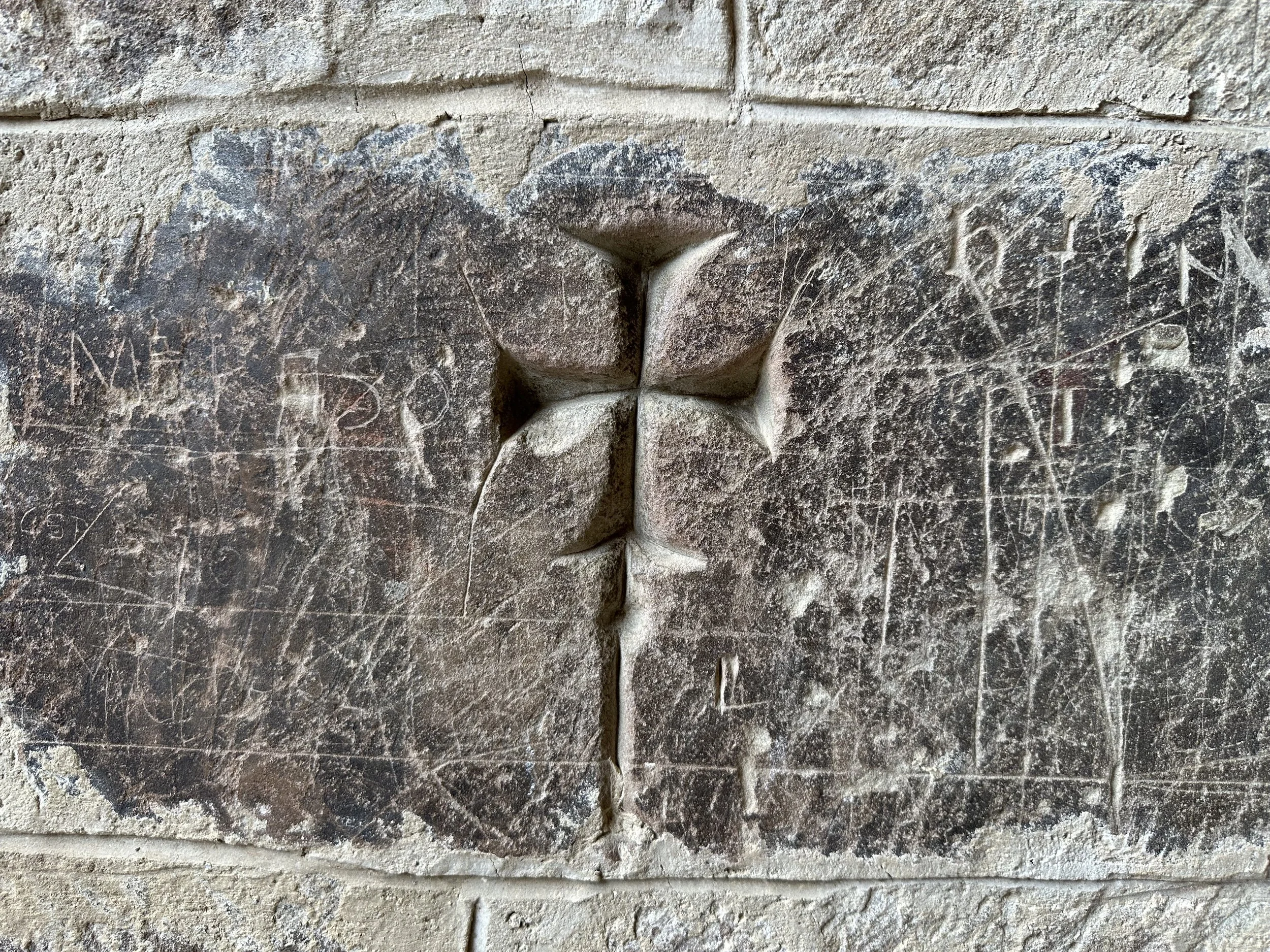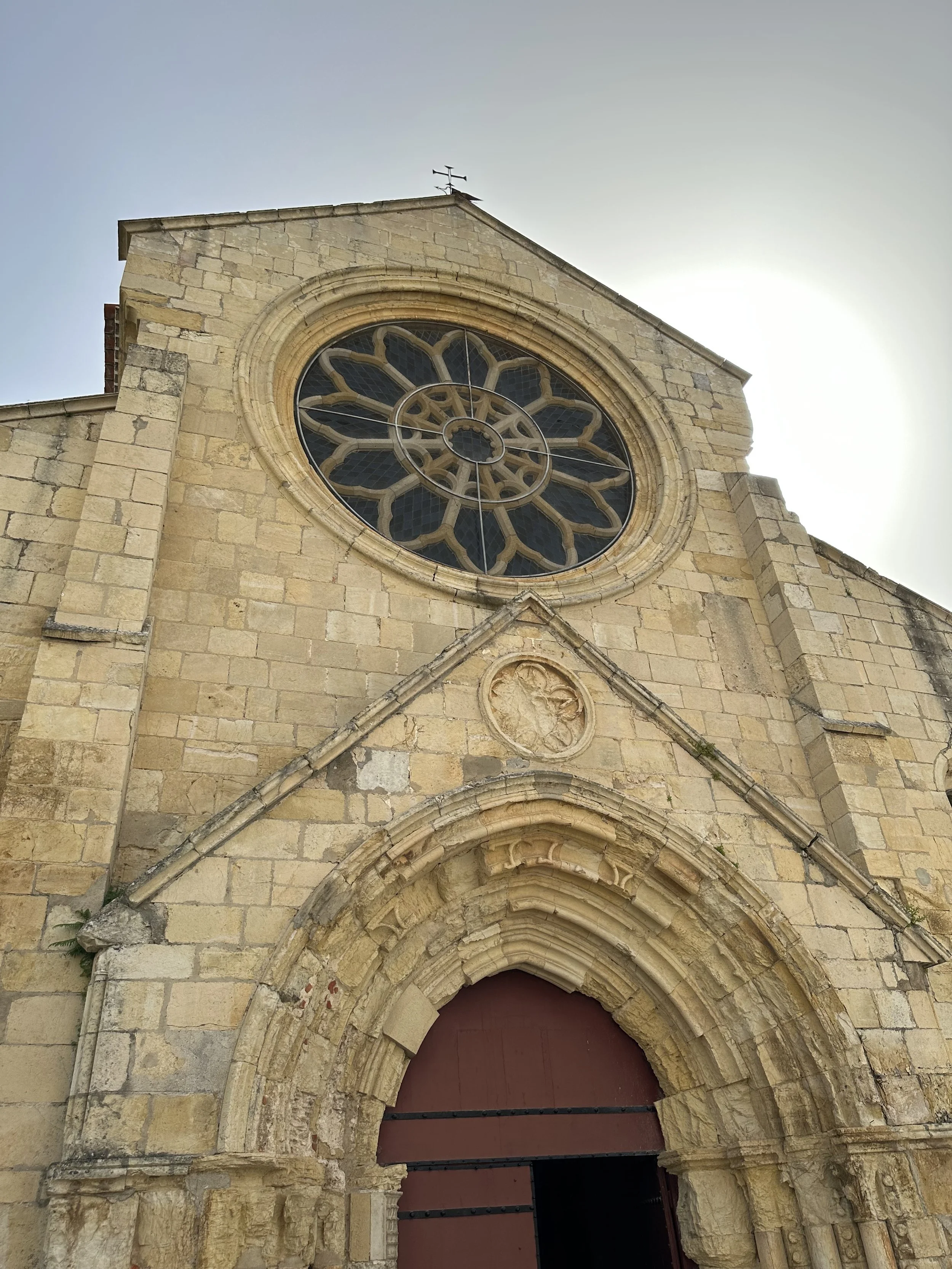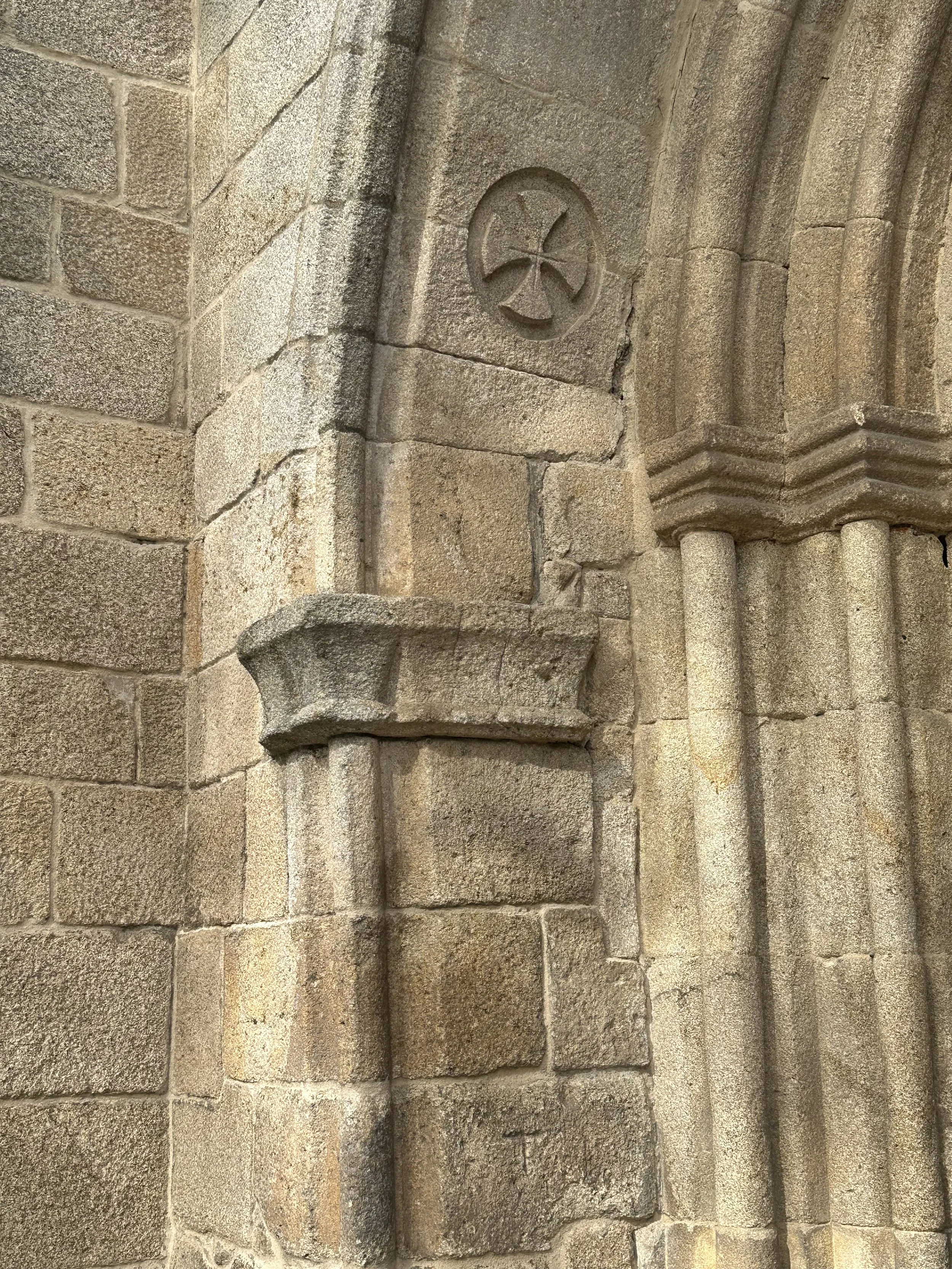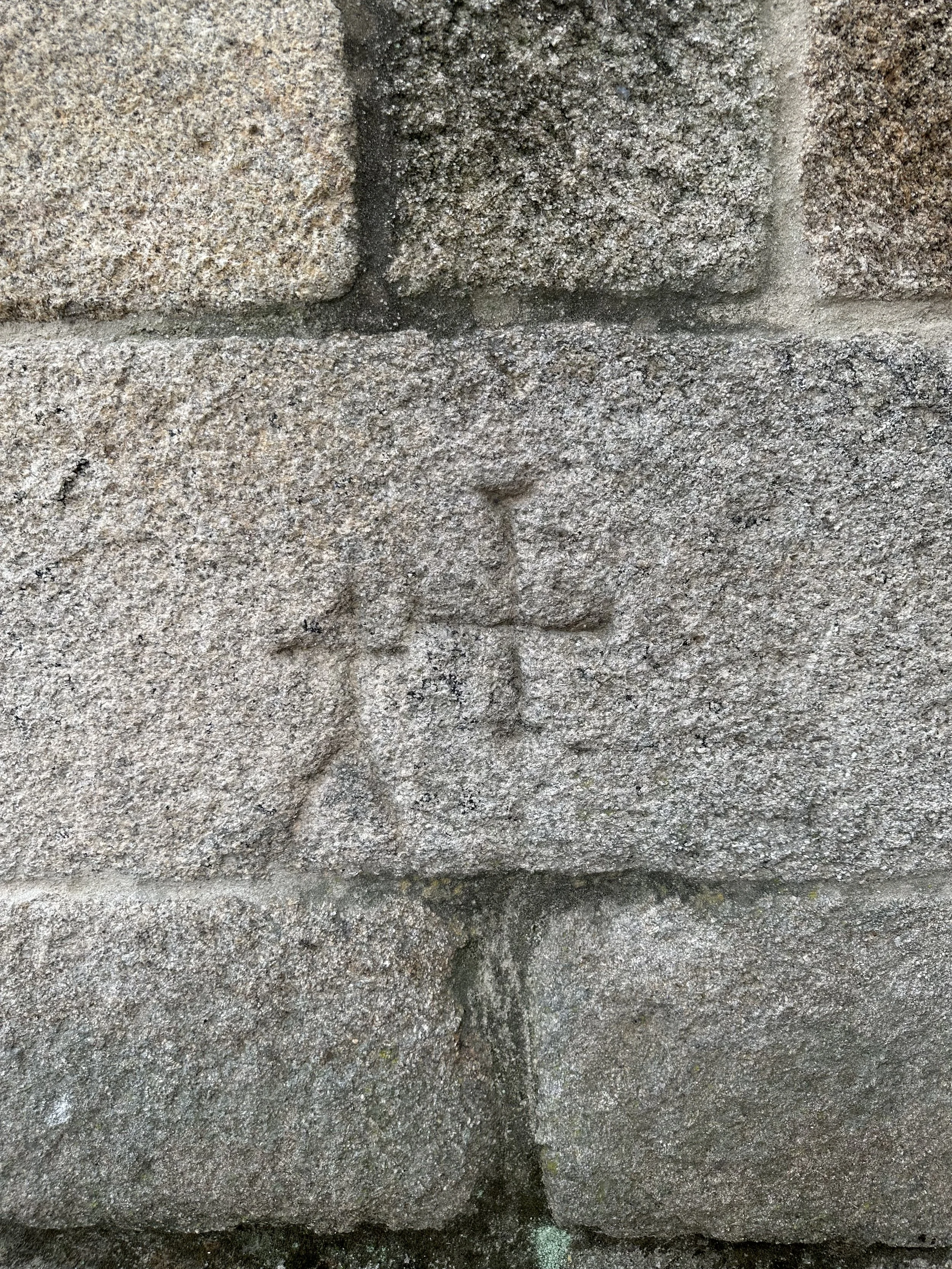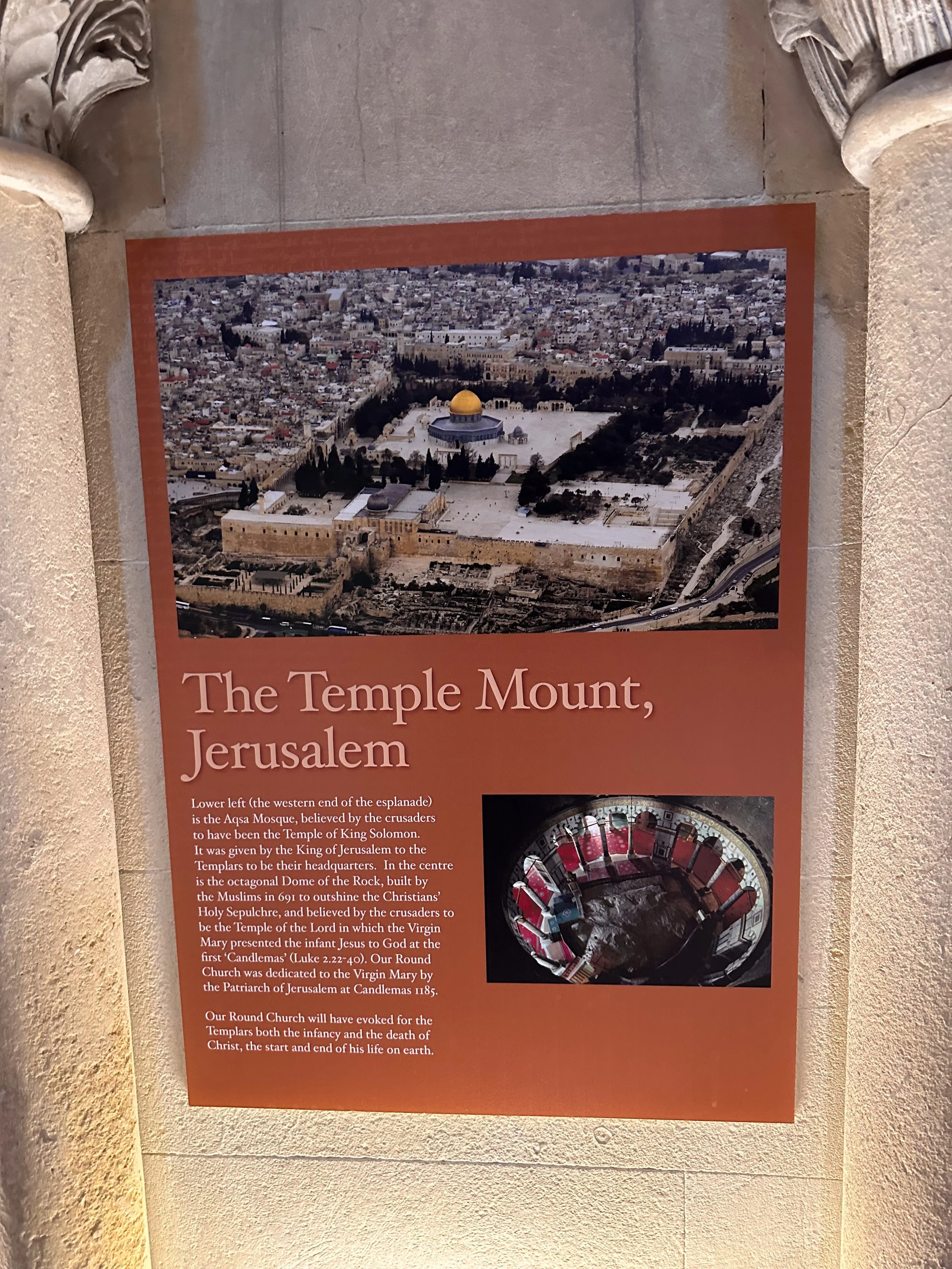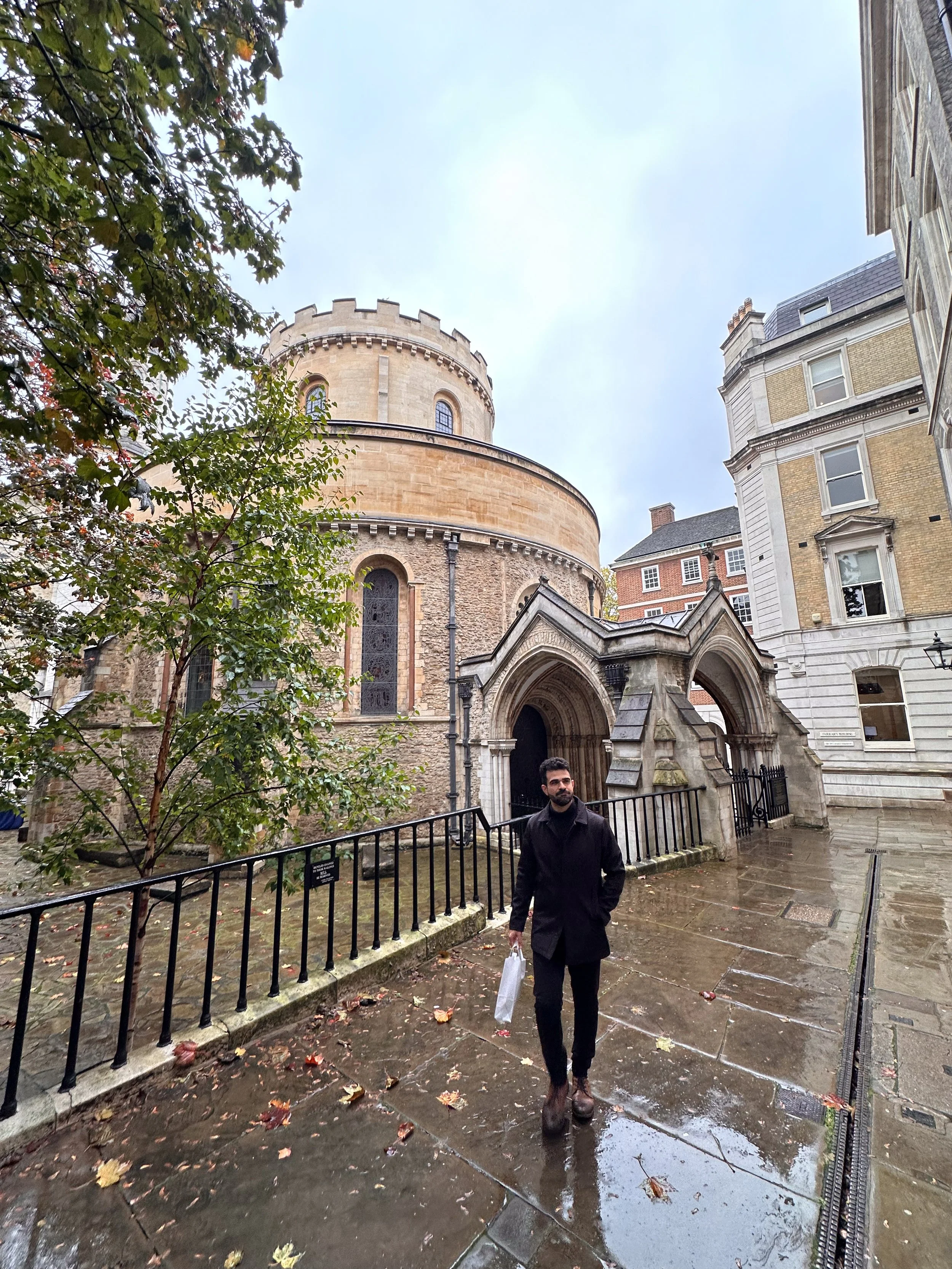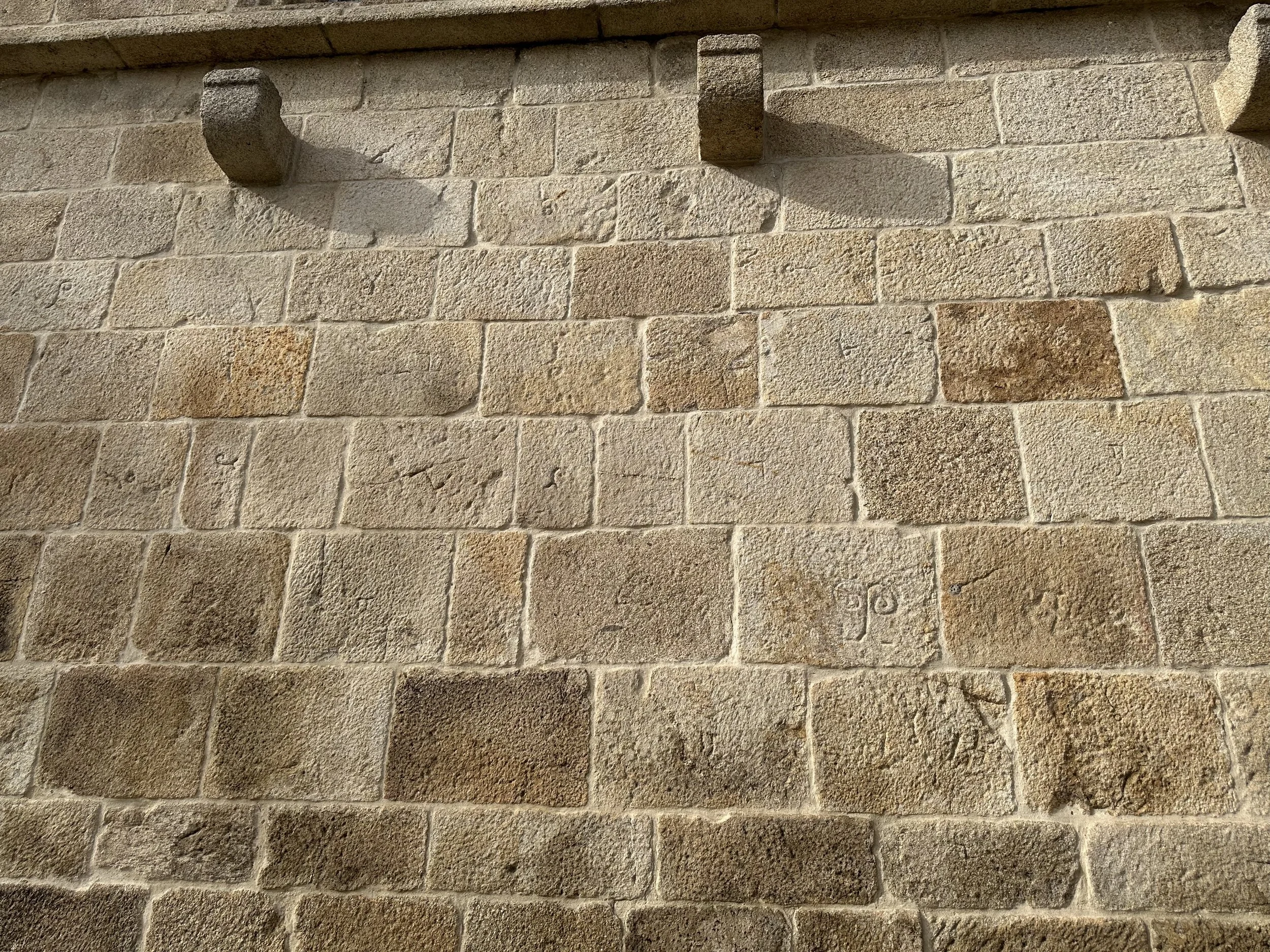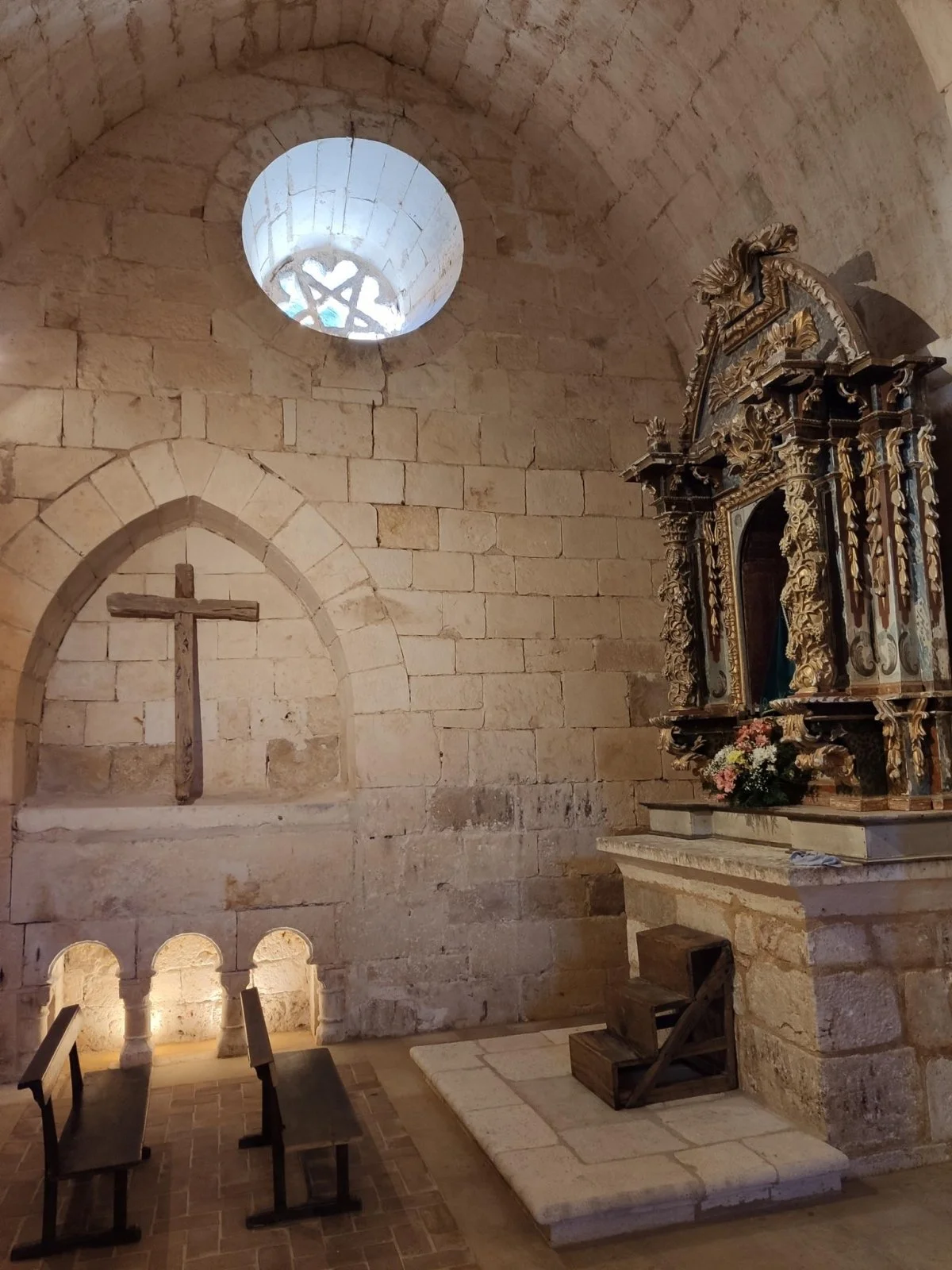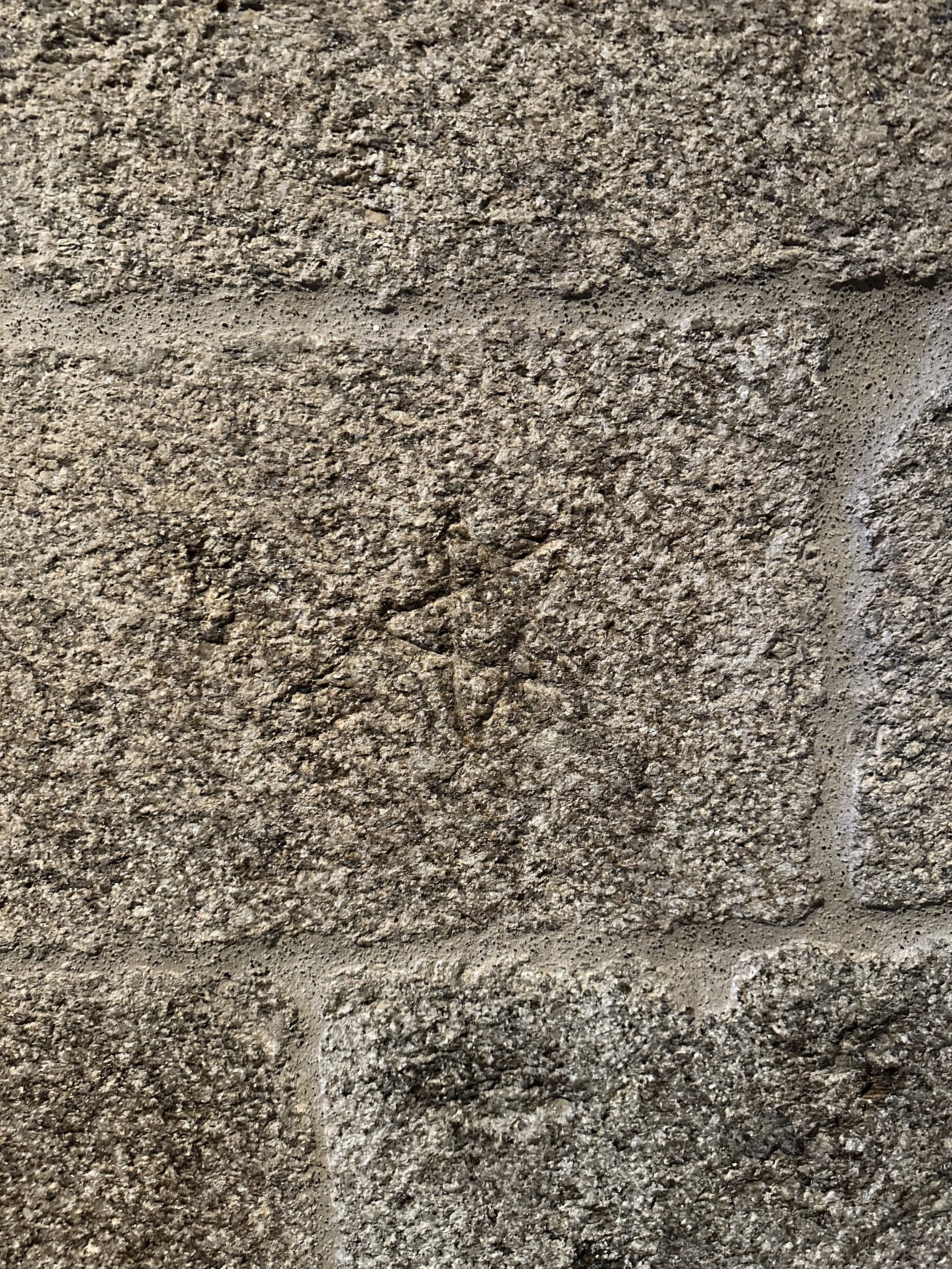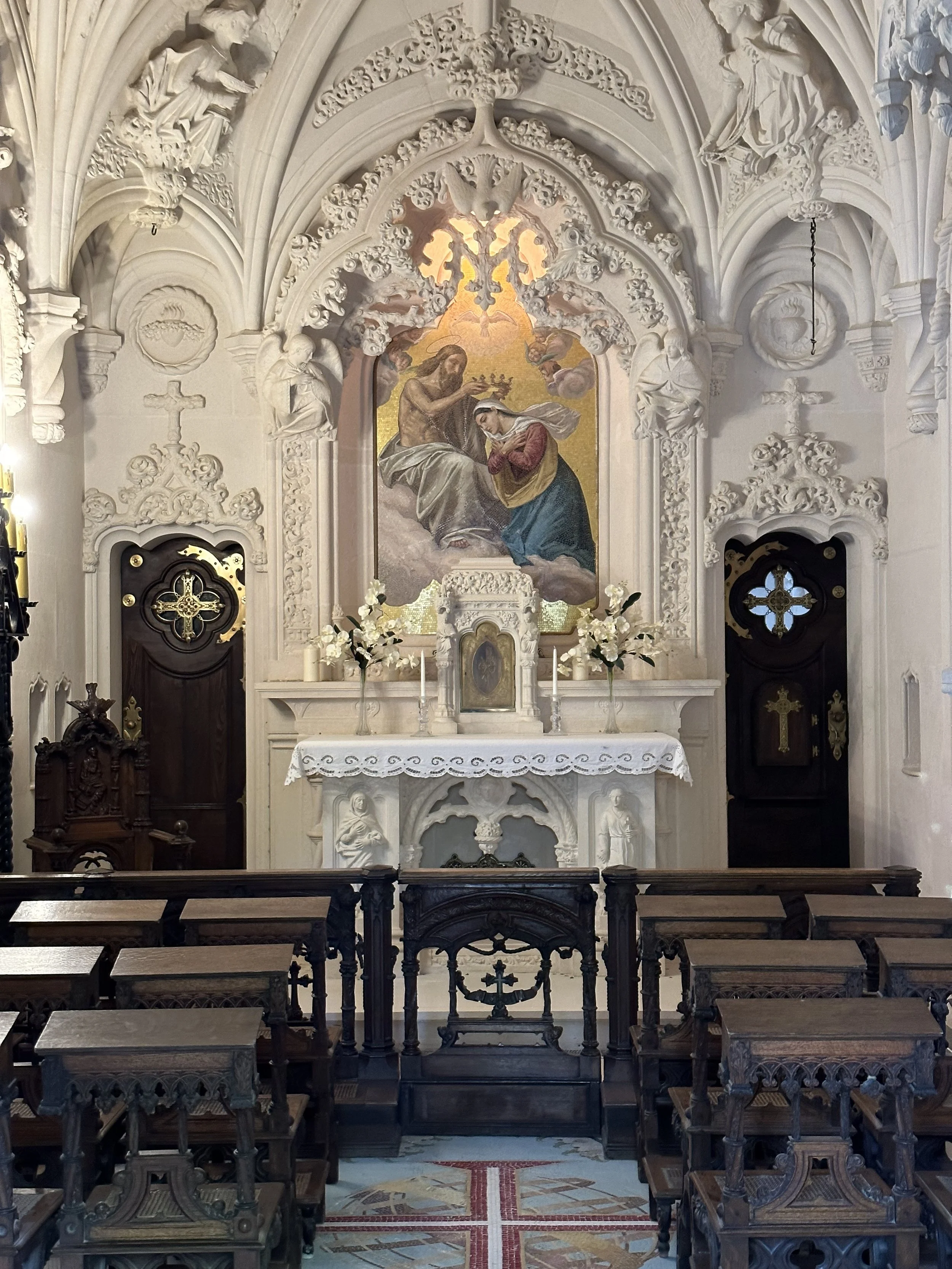I Followed the Templar Trail for 30 days and this is what I found...
During two expeditions to sacred and mysterious sites in Europe, I encountered more questions than answers—and perhaps that's precisely what makes this journey so fascinating.
The Journey Begins: An Ancient Dream, A Modern Quest
Since I was young, I've been fascinated by myths, legends, and adventures. Films like Indiana Jones planted a seed of curiosity in me for ancient mysteries and forgotten civilizations. But what began as a childhood fascination eventually became a personal quest for knowledge, spirituality, and meaning. On two separate occasions, I embarked on expeditions that took me to places with a strong Templar presence and links to the legend of the Holy Grail.
The first trip traveled through Portugal, Spain, and southern France, crossing the Pyrenees and visiting places like San Juan de la Peña, Montsegur, and Rennes-le-Château. The second took me to the United Kingdom: England and Scotland, where I explored London, Rosslyn Chapel, and Glastonbury. More than just places, I found symbolic portals to forgotten knowledge, where myth and history meet.
Mystery #1 – The Holy Grail: A Chalice or A Knowledge?
Many imagine the Grail as a golden chalice used by Jesus at the Last Supper, but my discoveries pointed to something much deeper. In San Juan de la Peña, in the heart of the Spanish Pyrenees, I saw a replica of the Grail, attached to the Valencia Cathedral. The place exuded a strange, almost transcendental peace, as if the atmosphere carried ancient memories. The experience led me to question: what if the Grail is not an object, but an idea?
In places like Montsegur, the birthplace of the Cathars, and Rennes-le-Château, with its legends of Mary Magdalene and hidden treasures, I found elements of an immaterial Grail: a hidden knowledge, an initiatory path. The Cathars saw the Grail as liberating knowledge, a gnostic truth capable of elevating the soul. This vision resonated deeply with me, reinforced by Arthurian myths like that of Parsifal, where the Grail is a spiritual, not a material, achievement.
Mystery #2 – Did the Templars Really DisappearED?
Official history says the Templars were exterminated after the persecution ordered by Philip the Fair and Pope Clement V. But the stones tell a different story. In Tomar, Portugal, at the Temple Church in London, and in Scotland, I saw evidence that the order survived, in disguise. Through the Order of Christ, Freemasonry, and other esoteric organizations, it seems the Templars continued to protect secrets.
At the Temple Church in London, I encountered an atmosphere charged with symbolism. In its architectural details, there were hints of a tradition that refused to disappear. The connection to Freemasonry—often cited as the heir to Templar practices—is everywhere, and seems to echo the same mission: to guard knowledge that could not fall into the wrong hands.
This mission may have, in a rather exotic vein, traveled to the Americas and taken shape in the institutions, organizations, and countries that emerged there, especially from the 14th century onward. We'll delve into this topic next.
Mystery #3 – The Templars in the Americas Before Columbus?
This is perhaps the most controversial theory, but also one of the most intriguing. In Rosslyn Chapel, Scotland, I saw an inscription on a chair hidden in a crypt: "Arcadia 1398." The image of a boat bearing the Templar cross reinforced the idea that they had sailed to the Americas before Columbus, possibly using Viking routes.
The name "Nova Scotia" in Canada, the legends about the Money Pit on Oak Island, and the Sinclairs' relationship with the Templars form an intriguing puzzle. What if the Templars, fleeing persecution, hid something of great value—gold, artifacts, or knowledge—in the Americas? What if the true "discovery" was simply a return to a place already known to initiates?
We have an entire article on this topic that is worth checking out if you're interested.
Mystery #4 – Hidden Symbolism in Religious Sites
The idea that Catholic churches were averse to mysticism fell behind during my journey. In places like Santiago de Compostela, Lourdes, and the Cathedral of Vila Real, I encountered symbolism reminiscent of alchemy, sacred geometry, and gnosis. Stars, hidden shapes, golden ratios: everything seemed to point to an older, deeper knowledge.
Obviously, many of the builders and mentors of these sites were Freemasons or scholars of the mystical arts. It's important to remember that many Church figures and saints were known for their ideas and sciences ahead of their time. Eliphas Levi, Saint Thomas Aquinas, Meister Eckhart, Saint Hildegard… all of these speak for themselves and clearly indicate an inner circle within the ancient Catholic tradition.
At Quinta da Regaleira in Portugal, the initiatory well and the chapel filled with esoteric symbolism demonstrated that art, architecture, and spirituality are intertwined. Books like Fulcanelli's *The Mystery of the Cathedrals* reinforce this idea: many churches were built to channel and amplify spiritual energy, transforming the physical space into a veritable alchemical laboratory.
Mystery #5 – The Lost Bloodline: Mary Magdalene and Joseph of Arimathea
In Glastonbury and southern France, echoes of an alternative story resonate: that Mary Magdalene and Joseph of Arimathea brought Jesus's bloodline to Europe. The presence of the Black Madonna, the strong devotion to the Magdalene, and hymns like William Blake's suggest this narrative was preserved in secret.
I had already seen documentaries about the incredible presence of the Magdalene in southern France. Her legends there attract a multitude of followers and range from cults to churches and artifacts attributed to the presence of the mysterious lady. In England, there are also numerous clues, especially in places considered mystical, such as Rosslyn Chapel, as mentioned above.
The sacred bloodline theory, which gained popularity with The Da Vinci Code, finds resonance in temples, crypts, and oral traditions. Were the Templars guardians of this bloodline? Were they protecting descendants of Jesus in an alternative royal family? The answer may not be clear, but the amount of evidence scattered on stone and parchment suggests that something important was carefully veiled.
Conclusion: When Myth and Reality Meet
These expeditions were more than just trips. They were inner and outer journeys in search of meaning. In every stone, every altar, and every legend, I realized that the truth may not be absolute, but it is always waiting to be uncovered by those who dare to seek it.
Whether the Grail is an object, an idea, or a journey of inner transformation, the important thing is to keep your curiosity alive. As a certain fictional secret agent said: the truth is out there. You just have to look with attentive eyes and an open heart.

